Street art has long been seen as a form of rebellion, but today, it has become a transformative force in urban landscapes worldwide. In New Zealand, where cities are known for their unique blend of natural beauty and urban innovation, street art is playing an increasingly vital role in cultural and economic development. But how exactly is street art reshaping the cities of New Zealand, and what implications does this have for local businesses and investors?
The Economic Impact of Street Art in New Zealand
Street art is not just about aesthetics; it's a catalyst for economic activity. In cities like Wellington and Auckland, vibrant murals have become tourist attractions, drawing visitors and boosting local businesses. According to Stats NZ, tourism contributes significantly to the national economy, accounting for 5.8% of GDP in 2022. Street art, with its ability to attract tourists, plays a crucial role in this sector.
Moreover, street art projects often lead to urban revitalization. Properties near popular murals tend to see an increase in value, benefiting real estate investors. A study by the University of Auckland found that neighborhoods adorned with street art experienced a 15% increase in property values over three years.
Case Study: Wellington's Street Art Festival
Problem: Wellington's central business district was struggling with declining foot traffic and business closures.
Action: The city council organized an annual street art festival, inviting local and international artists to transform the urban landscape.
Result: The festival attracted over 50,000 visitors, boosting local businesses' revenues by 20% during the event. The ongoing visibility of the murals continues to draw tourists and locals alike.
Takeaway: Street art can be a powerful tool for economic revitalization, drawing crowds and increasing local business activity.
Pros and Cons of Street Art in Urban Development
Pros:
- Economic Growth: Street art attracts tourists and boosts local business revenue.
- Urban Revitalization: Transforming neglected areas into vibrant spaces increases property values.
- Cultural Enrichment: Promotes local artists and enriches cultural identity.
- Community Engagement: Art projects often involve community participation, fostering social cohesion.
Cons:
- Vandalism Concerns: While organized street art is beneficial, unauthorized graffiti can lead to vandalism concerns.
- Gentrification Risks: Increased property values can lead to displacement of lower-income residents.
- Maintenance Costs: Murals require upkeep, which can be costly for local councils.
Debunking Myths About Street Art
Myth: "Street art is just vandalism."
Reality: Organized street art projects are commissioned by city councils and business associations, contributing to economic growth and community engagement.
Myth: "Street art devalues property."
Reality: In fact, properties near well-executed murals often see an increase in value, as reported by the University of Auckland study.
Myth: "Only young people appreciate street art."
Reality: Street art attracts a diverse audience, including families, tourists, and art enthusiasts of all ages.
Future Trends: Street Art's Role in Sustainability and Smart Cities
As New Zealand cities strive for sustainability, street art is set to play a more significant role in creating eco-friendly urban spaces. Murals made from eco-friendly materials and designs that promote environmental awareness are on the rise. Moreover, with the advent of smart cities, interactive digital street art could become a staple, merging technology with traditional art forms to engage citizens in innovative ways.
According to a report by NZTech, integrating art with technology in urban planning not only enhances aesthetic value but also contributes to a city's smart infrastructure, potentially leading to a 25% increase in urban efficiency by 2030.
Final Takeaways
- Street art significantly enhances urban landscapes, boosting tourism and local economies.
- Organized art projects can lead to urban revitalization and increased property values.
- Future trends point toward sustainable and interactive street art as part of smart city initiatives.
Street art is more than just a creative expression; it's a transformative force reshaping New Zealand cities economically, culturally, and socially. As urban landscapes continue to evolve, street art will undoubtedly play a pivotal role in shaping their future. What's your perspective on street art's impact on urban development? Share your thoughts with us!
People Also Ask
How does street art impact businesses in New Zealand?
NZ businesses near street art installations often report increased foot traffic and revenue growth, as these artworks attract both locals and tourists.
What are the biggest misconceptions about street art?
One common myth is that street art is equivalent to vandalism. However, organized street art projects contribute to economic growth and community engagement.
What upcoming changes in New Zealand could affect street art?
By 2026, policy updates in urban development could further integrate street art into sustainable city planning, enhancing cultural and economic impact.
Related Search Queries
- Street art in New Zealand cities
- Economic impact of street art
- Urban development and street art
- Street art festivals in NZ
- Smart cities and street art
- Street art and property values
- Sustainable urban planning in NZ
- Interactive digital street art
- Street art tourism in New Zealand
- Community engagement through street art






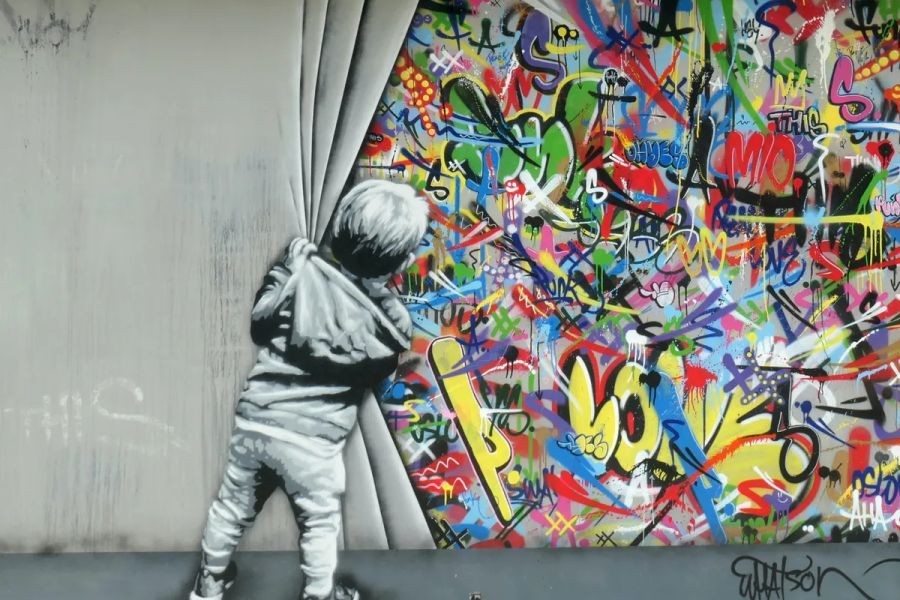






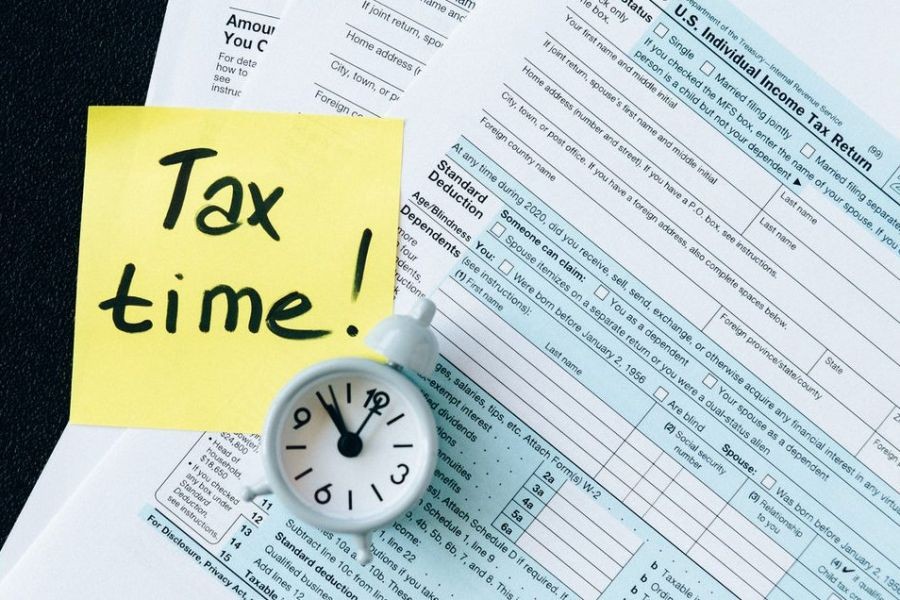
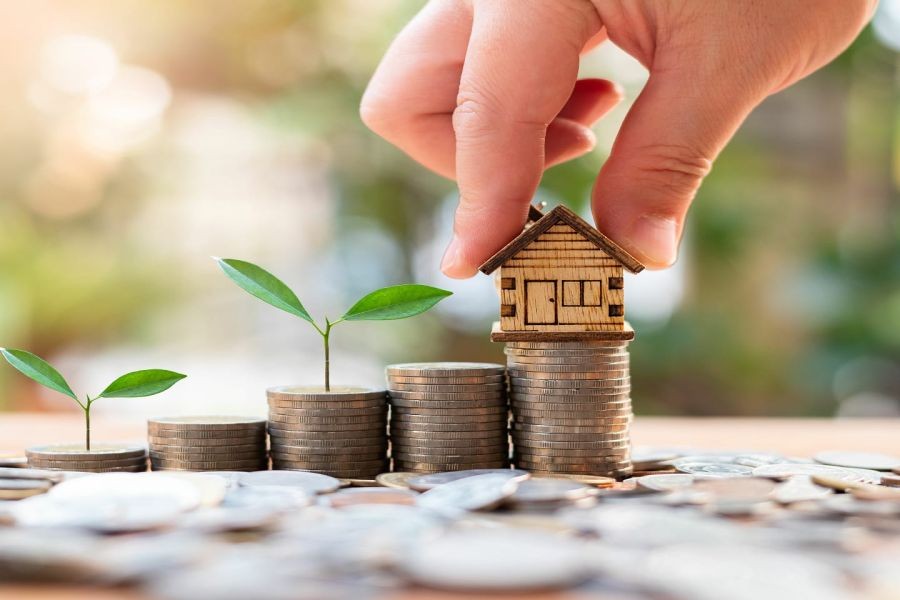



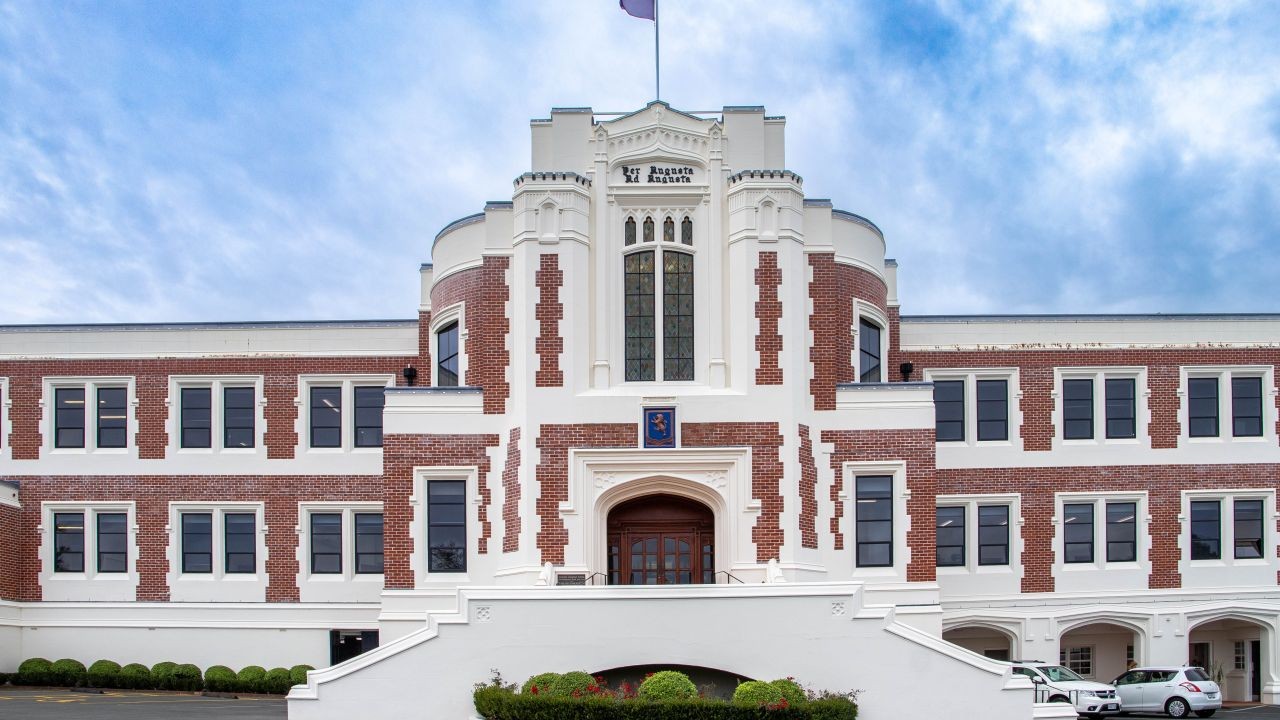
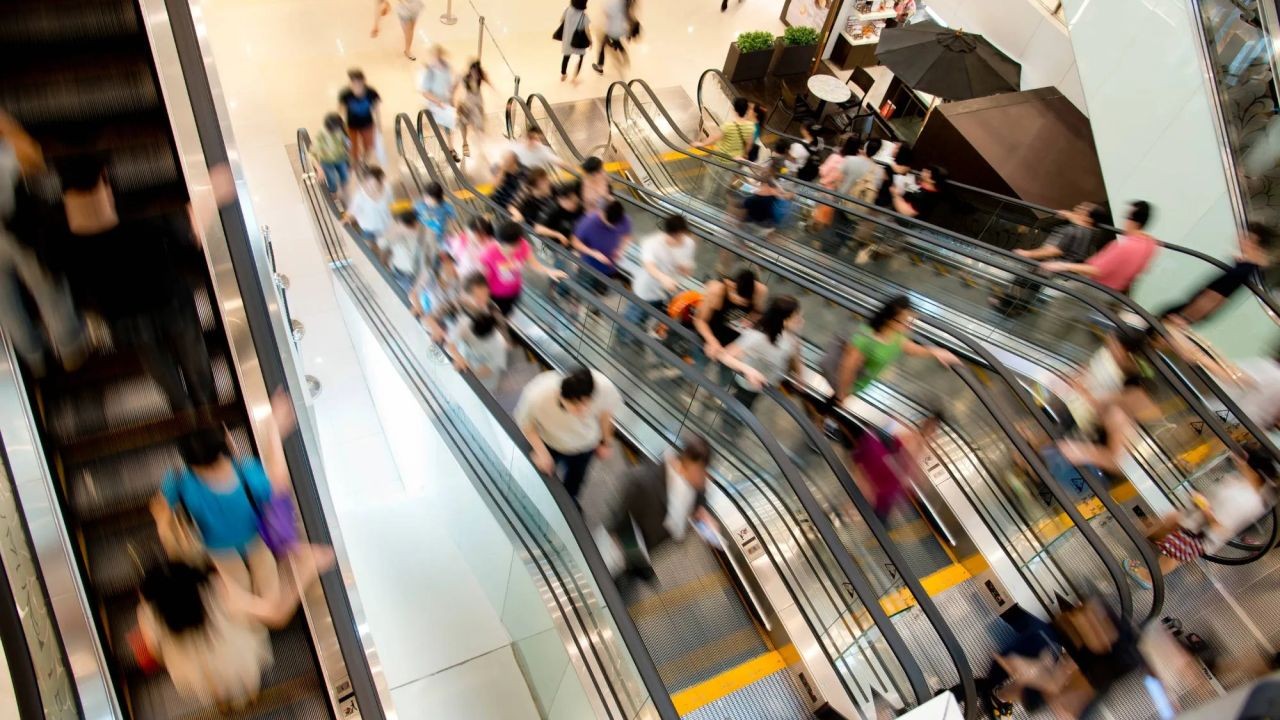


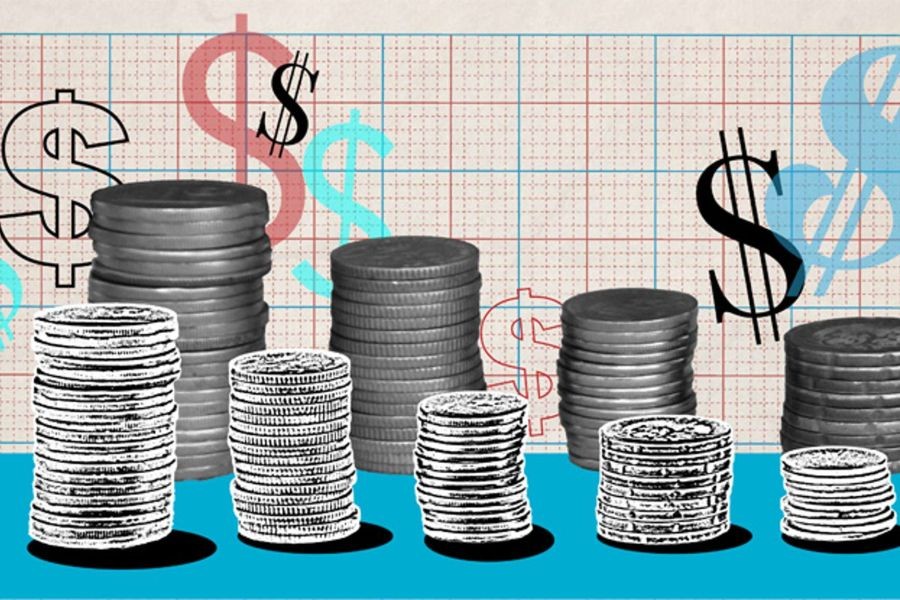









kallistbarjau
8 months ago